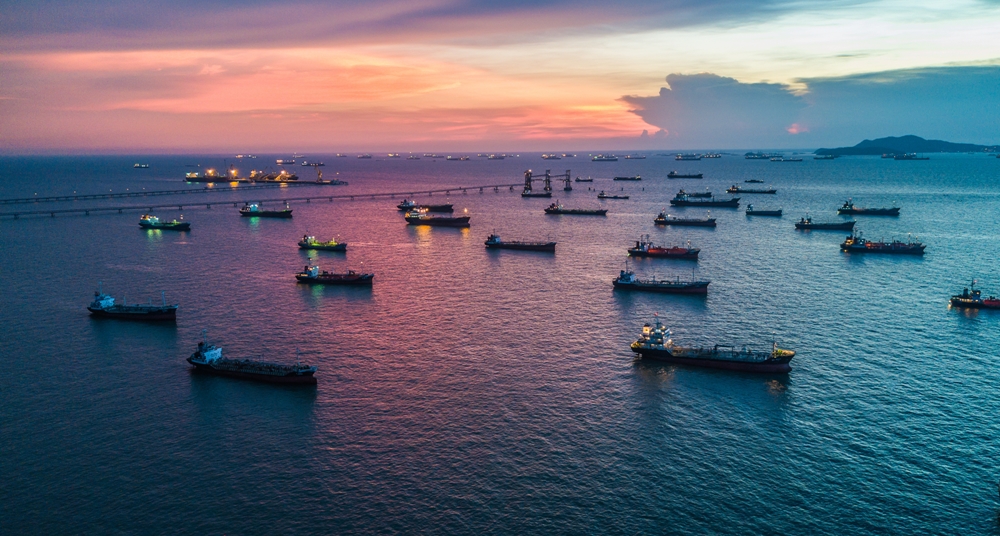
According to a recent Visiongain report, there are currently 235 Liquefied Natural Gas (LNG) tankers in operation, and that cargo must be cooled to extremely low temperatures (-260 ° F).
The authors say the top three developments that are driving growth of the worldwide LPG tanker industry are “increased output of shale gas from previously untapped stocks, increased international gas trade, and ongoing use of LPG as a cooking fuel.”
LPG tanker manufacturers and the oil producers and converters who lease or buy the vessels are constantly looking for new ways to improve efficiencies and profitability in this segment, and across the entire spectrum of transportation of fuel of all types.
Eric Simone, founder and CEO of ClearBlade, a company that develops and provides Industrial IoT edge solutions, said, “Naturally, satellite communications is critical to maritime companies who have cellular or radio options at sea, and while sending data to a centralized cloud when the vessels are connected to satellites or are in port and able to connect to terrestrial bandwidth, some of the most interesting connectivity applications are local. With the right edge deployment and data collection and analysis system, and using a low power wide network, which conserves battery use, there are many applications that can make the crew safer and vessels better maintained.”
Simone also sited regulatory changes as a driver for instrumenting and automating more, including a recent International Maritime Organization (IMO) mandate requiring all ships of a certain size to report identity, position and timestamp at both regular and configurable intervals (known as Long Range and Identification Tracking, or LRIT).
While real time human communications are an important area of investment, Simone says the big trend is to instrument and manage locally to monitor and manage everything from equipment health to temperature, humidity, weight, pressure and more. “Sensors can be used across the entire vessel, including inside the actual tanks themselves, on the outside of the vessel, inside in corridors and engine rooms, with data that can be collected from a variety of different vendor supplied equipment, and streamed into a single system with a unified view that shows precisely what is happening in the moment. These systems can generate notifications and alerts, while also collecting data that can be used over time to track trends and inform operational improvements.”
Simone added that safety of the crew is another major concern of the companies with whom ClearBlade is working. “The personnel themselves can be outfitted with vests or other wearables that allow their location to be tracked, and that can even sense motions which may indicate a fall or other precarious situation. We’ve even been exploring monitoring health signals including heart rate, for crew which may be vulnerable to a medical condition. The level of attention to the safety and security of their employees runs deep in this industry.”
Juhi Fadia is an engineer, analyst, researcher and writer covering advanced and emerging technologies.Edited by
Ken Briodagh





